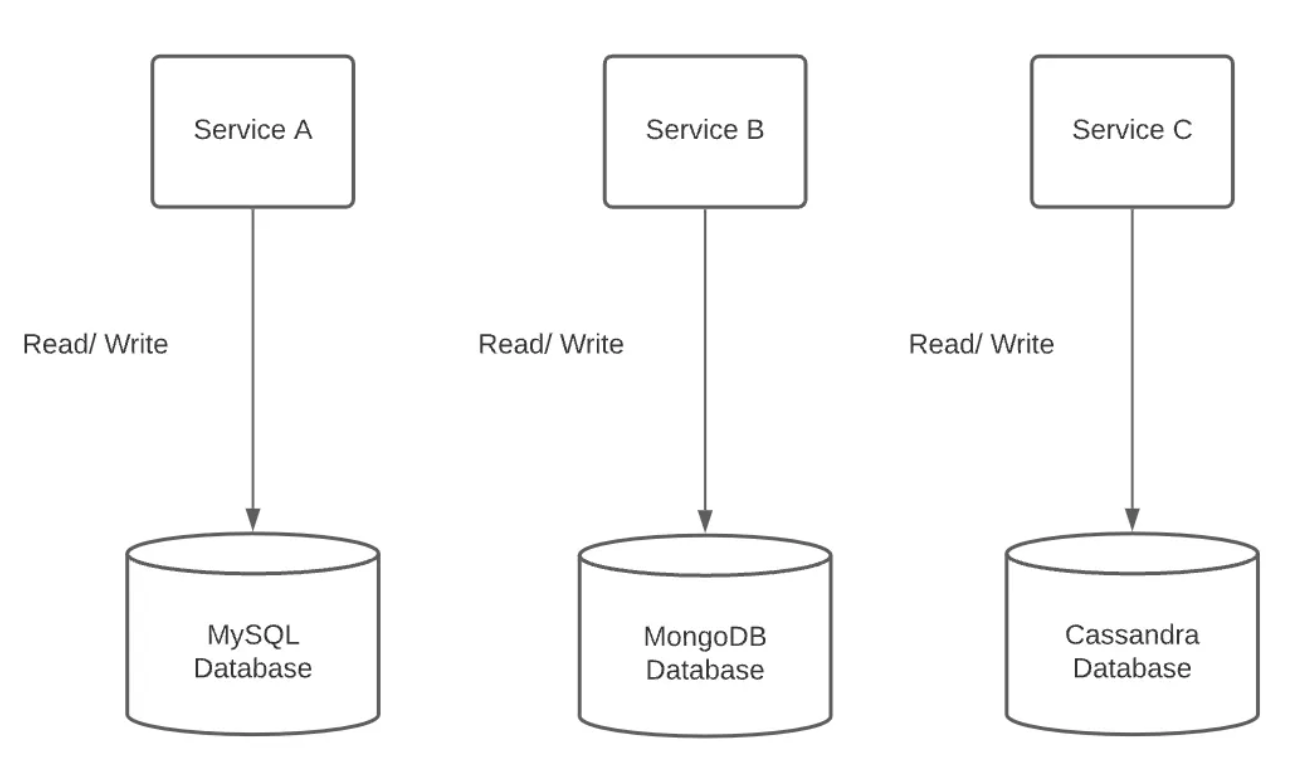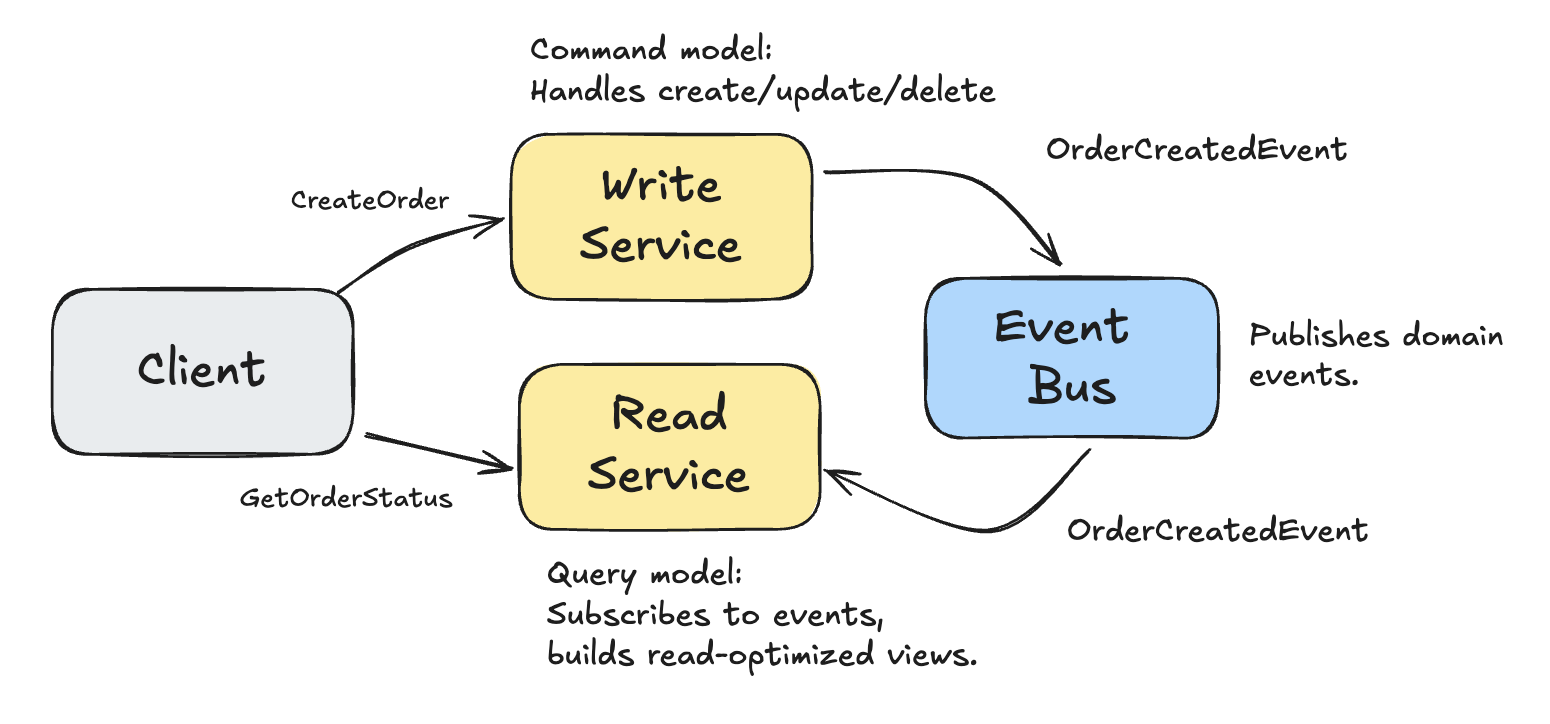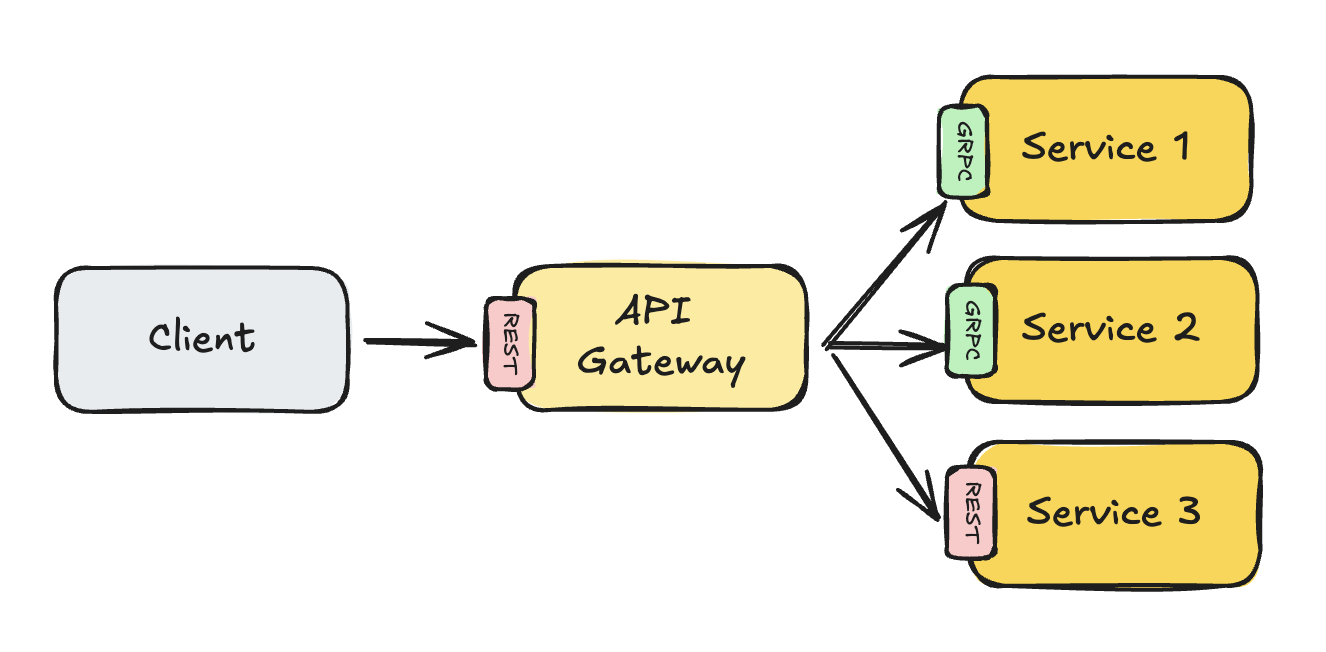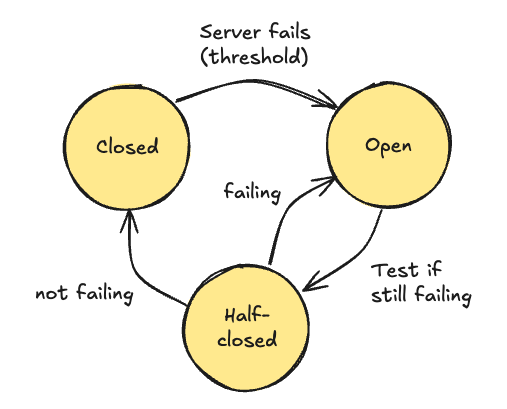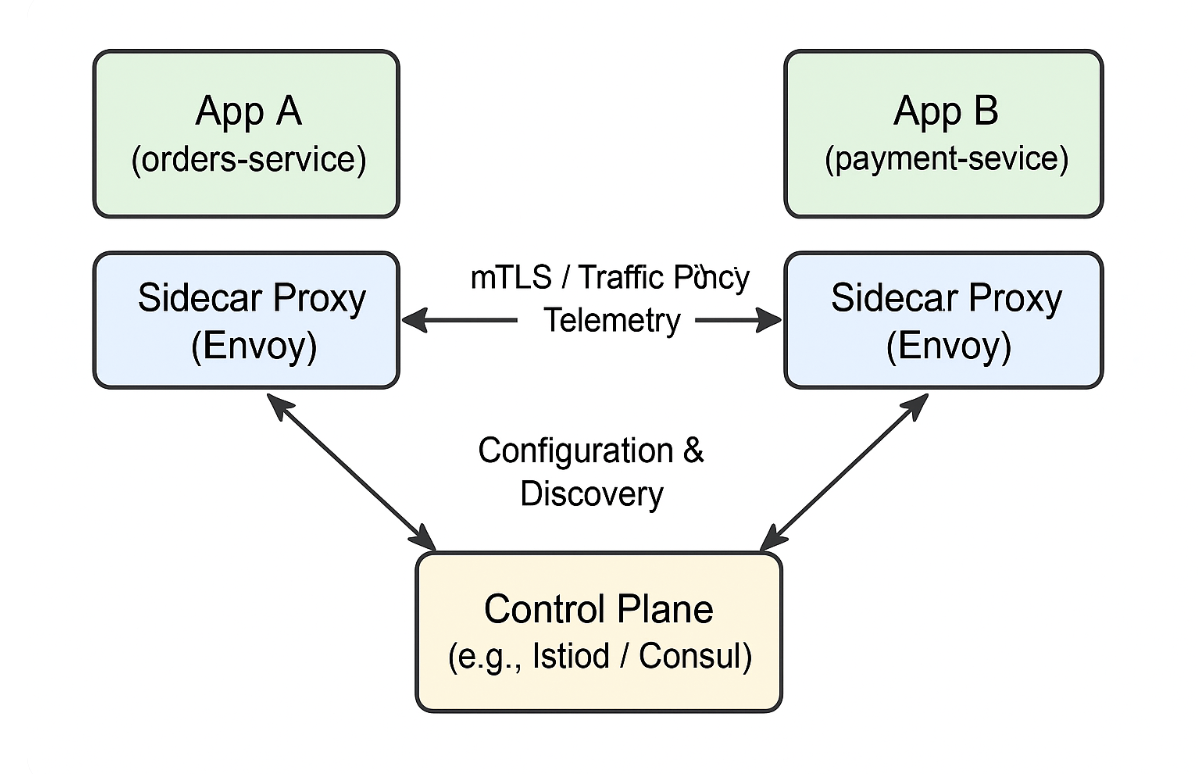The Scale Cube
- Three-dimensional scalability model
- X-Axis scaling requests across multiple instances
- Y-Axis scaling decomposes an application into micro-services
- Z-Axis scaling requests across "data partitioned" instances
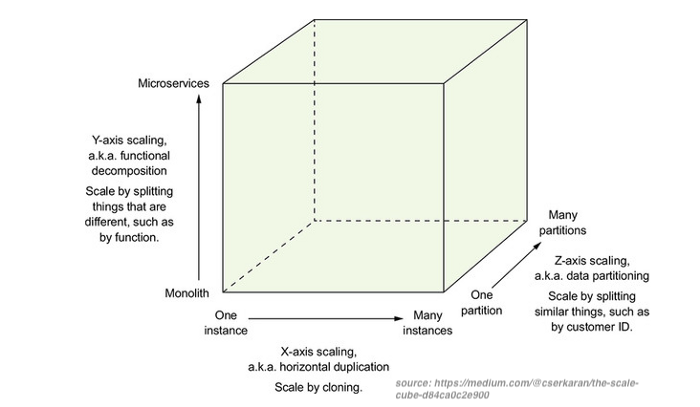
Overview
- Emerging software architecture
- monolithic vs. decoupled applications
- applications as independenly deployable services

Major Characteristics
- Loosely coupled
- Integrated using well-defined interfaces
- Technology-agnostic protocols
- HTTP, they use REST architecture
- Independently deployable and easy to replace
- A change in small part requires to redeploy only that part
- Organized around capabilities
- such as accounting, billing, recommendation, etc.
- Impplemented using different technologies
- polyglot – programming languages, databases
- Owned by a small team
